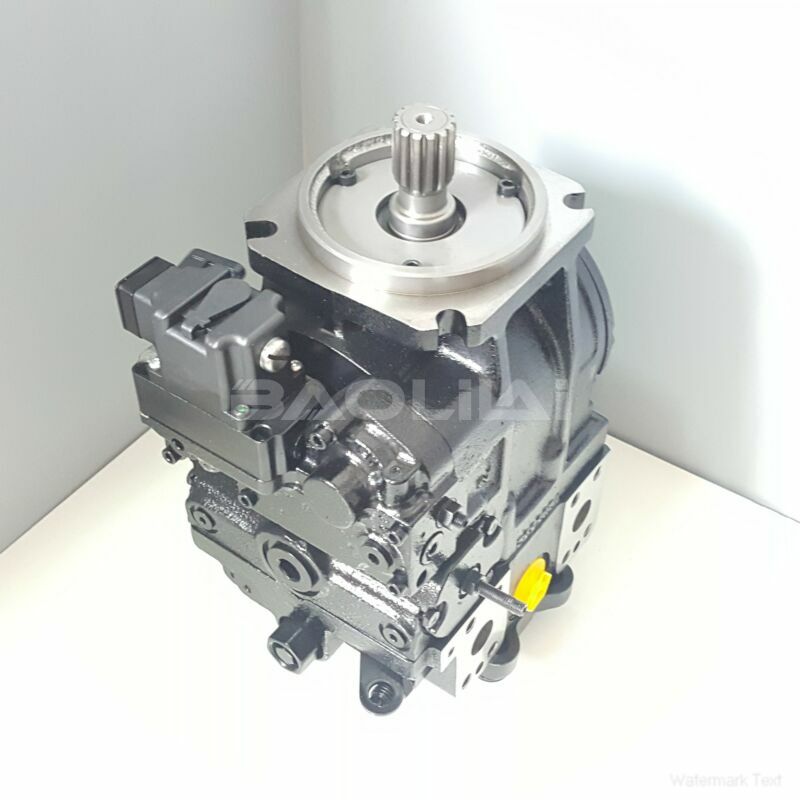90L130KP1BB80L3F1H05GBA424224 high pressure pump
90L130KP1BB80L3F1H05GBA424224 high pressure pump

- Product Details
- Applicable Scene
Monitoring the performance of Danfoss hydraulic pumps in real-time is crucial for maintaining operational efficiency, reducing downtime, and ensuring the longevity of your hydraulic system. Here are several key steps and technologies that can help you effectively track and analyze pump performance.
90-L-130-KP-1-BB-80-L-3-F1-H-05-GBA-42-42-24
90L130KP1BB80L3F1H05GBA424224
Understanding Key Performance Indicators (KPIs)

9721126
Before you start monitoring, it’s essential to identify the key performance indicators (KPIs) that are most relevant to your hydraulic pump’s performance. Common KPIs include flow rate, pressure, temperature, and energy consumption. Understanding these metrics will help you develop a comprehensive monitoring strategy.
Installing Sensors
Implementing sensors is one of the most effective ways to monitor pump performance in real-time. Various types of sensors can measure different parameters:
Pressure Sensors: These assess the pressure in the hydraulic system, helping to prevent overpressurization and potential damage.
Flow Meters: Flow sensors help monitor the volume of fluid passing through the system, ensuring that the pump operates at the desired flow rate.
Temperature Sensors: These monitor the temperature of hydraulic fluid, which is critical for preventing overheating and ensuring optimal performance.
Vibration Sensors: Monitoring vibration can provide insights into mechanical issues before they lead to failure.
Utilizing Advanced Monitoring Systems
Consider using advanced monitoring systems such as SCADA (Supervisory Control and Data Acquisition) or IoT (Internet of Things) platforms. These systems can collect data from various sensors and provide real-time analytics. They enable operators to visualize performance metrics on dashboards and receive alerts for any anomalies, allowing for proactive maintenance.
Data Logging and Analysis





